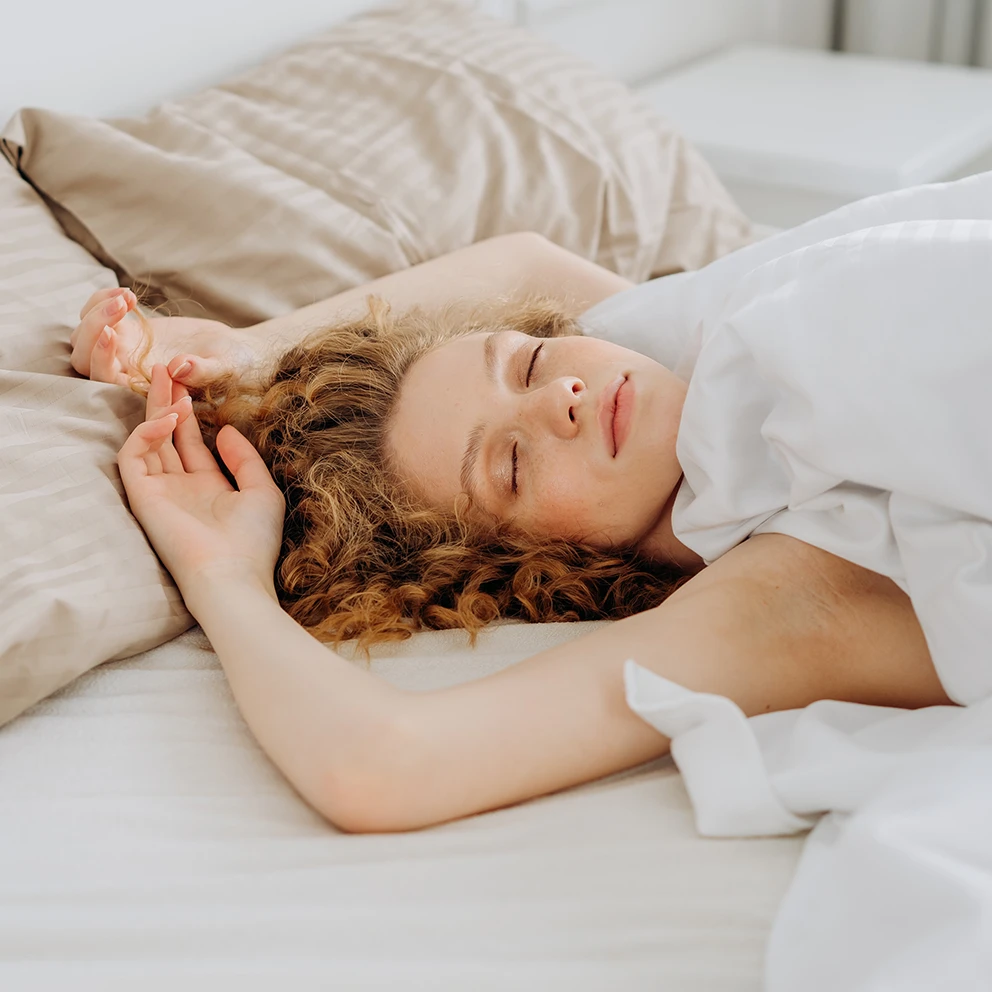Orthopedic aspects of healthy sleep

As in all life processes, a person is present with his whole body in the sleep state, and although the physical activity of the musculoskeletal organs (bones, joints, muscles) is very low. There are a few specific aspects that should be taken into account that affect the quality of sleep.
Why is adequate sleep an important part of our health?
Our body during this period "rests" and "refuels" energy for the next day. The  need and justification for resting from the orthopedic aspects of healthy sleep after everyday stress, in addition to muscles and articular cartilages as a musculoskeletal unit, is perhaps most important for the spine, since most morning complaints between the neck and the sacrum also concern a section of the spine or even the entire spine. One of the first and perhaps most common causes of these pains is congestion of the intervertebral discs. The health of the spine is closely related to the regular curvature of the so-called physiological spinal curves, the harmony of the arcs. For the healthy condition of the vertebrae of the elements of our spine and the discs located between them, the appropriate moisture content and flexibility of the discs is essential, because this ensures the “shock-absorbing” effect of the shocks generated during walking. In a vertical body position, the daytime load inside the cartilage increases the pressure, resulting in a decrease in fluid content and loss of elasticity. During the night rest, the flow of fluid and nutrients in the opposite direction predominates in a horizontal position. So if the right duration and body position are available, the metabolism of the discs during sleep will change in a positive direction, regaining the moisture and elasticity lost during the day. A healthy bed is essential for this regenerative phase to be proper for the locomotor system.
need and justification for resting from the orthopedic aspects of healthy sleep after everyday stress, in addition to muscles and articular cartilages as a musculoskeletal unit, is perhaps most important for the spine, since most morning complaints between the neck and the sacrum also concern a section of the spine or even the entire spine. One of the first and perhaps most common causes of these pains is congestion of the intervertebral discs. The health of the spine is closely related to the regular curvature of the so-called physiological spinal curves, the harmony of the arcs. For the healthy condition of the vertebrae of the elements of our spine and the discs located between them, the appropriate moisture content and flexibility of the discs is essential, because this ensures the “shock-absorbing” effect of the shocks generated during walking. In a vertical body position, the daytime load inside the cartilage increases the pressure, resulting in a decrease in fluid content and loss of elasticity. During the night rest, the flow of fluid and nutrients in the opposite direction predominates in a horizontal position. So if the right duration and body position are available, the metabolism of the discs during sleep will change in a positive direction, regaining the moisture and elasticity lost during the day. A healthy bed is essential for this regenerative phase to be proper for the locomotor system.
According to the position established by scientific studies and confirmed by experience, the task of the reclining furniture (bed+mattress) is not only to provide solid support, but also to provide special support to the body during sleep. Comfort during sleep is ensured by the fact that the natural curvatures of the spine do not change significantly, but the counterpressure does not irritate sensitive areas of the pelvis, sacrum and shoulders. To do this, it is necessary to create different load zones in hardness and elasticity on the corresponding sections of the mattress. The best-designed mattress-bed combinations absorb the load pressure of the body and distribute it evenly over the surface. The spring system of the modern mattress responds to every sleep movement, thus providing optimal support in all new situations, adapting to the change of position and weight transfer. An alternative is to install a flexible, vertical “pipe system” in the mattress. These materials of different hardness create channels that provide weaker support in the shoulder and pelvic area and stronger support in the lumbar spine.
Some general considerations that can help your customer choose the right bed. If you go through these points during the sale, you will be enriched with a satisfied customer, and the buyer will have a great mattress:
- It is essential that you take the time to choose. Lie on it and take the posture that is usual, in which you sleep most often and most comfortably.
- Try to see how easily you can turn around, change posture. Repeat this movement a few times.
- Get up a few times and lie down like you always do.
- If the width of the hips exceeds the width of the waist, then the slightly softer, if the width is roughly equal, then give preference to the harder mattress instead.
- It is important that the size of the lying surface is suitable both in length and longitudinal directions, so that it is comfortable according to sleep patterns.
- The recommended minimum height of the lying surface (bed + mattress) is 45 cm. Standing up from a bed that is too low causes an unnecessarily high load for both the lumbar spine and hip and knee joints.
Source: Dr. János Tóth, orthopedic surgeon, member of the Hungarian Orthopaedic Society and the Hungarian Society of Spinal Medicine, Hungarian Sleep Book
